If you’re adding a walkout entrance to your basement or looking to add levels to the area outside of an existing walkout, then you’ll need to learn quite a bit about retaining walls. How to build them, what materials to use, or maybe you’re just looking to get some creative ideas. If so, then check out our list of Walkout Basement Retaining Wall ideas.
1) The Basics
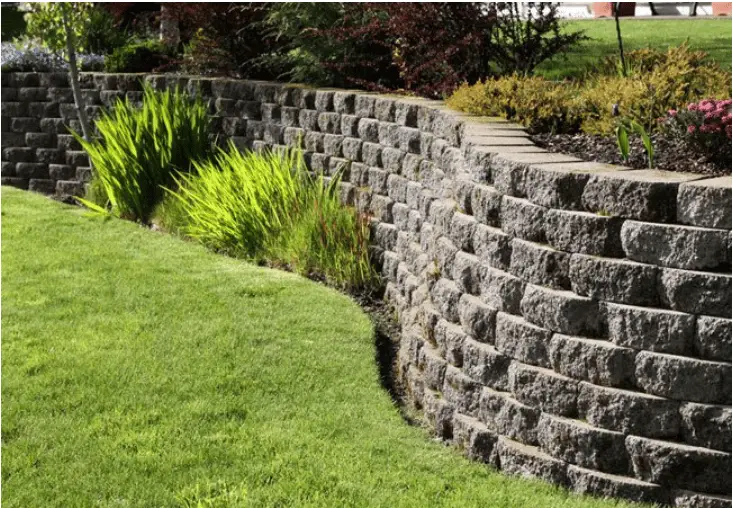
If you don’t think you know what a retaining wall is, you might be surprised to find out that you actually do! Simply put, a retaining wall is used to add levels to a landscape. If you are excavating an area of your yard, retaining walls are used to hold the higher level of earth in place, allowing you to place borders around lower areas. Here’s an article that will explain the basics.
2) Keep It Level
If you are planning on building your own retaining walls, regardless of the material you use, one of the most important factors is to keep it level. There are several reasons for this. First, your retaining wall must be level to efficiently hold earth in place. Another reason is for esthetic reasons. A wall that is not level will be a noticeable eyesore! Keeping your wall level starts with a level base.
3) Keep It Dry
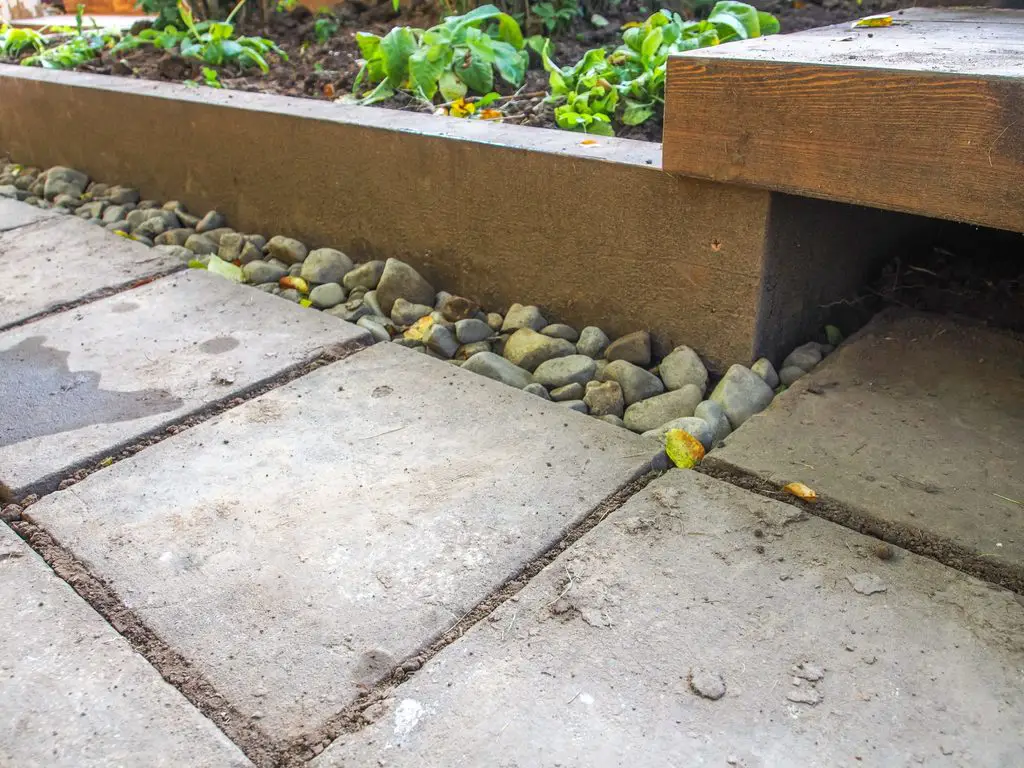
Another important factor to consider is proper drainage. If the water behind and underneath your new retaining wall is not properly drained, your wall will start to seep moisture. Not only is this unattractive, but over time, it will damage the wall, causing it to crumble and fall apart. If you are building your own retaining wall, click here to learn the best ways to keep it dry.
4) Retaining Wall Walkdown
If your basement is completely below ground and you want to add a walkout entrance then you will need to build a set of stairs down to your new entrance. For this to work, you will need to excavate the area and build a retaining wall to hold back the earth. This is an extensive job, and unless you are an engineer, you will need to hire a contractor.
5) Interlocking Wall Blocks
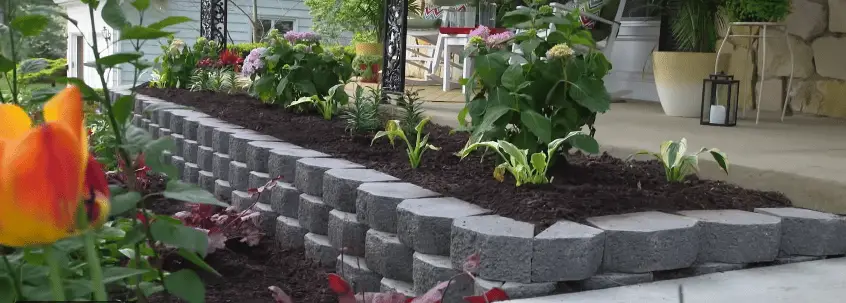
If your basement already has a walkout entrance, and you are just looking to add retaining walls around it, one of the easiest ways to do so is to use interlocking wall blocks. This is a project you can do yourself if you are comfortable using a circular saw, or if you want to learn how to use one. For detailed instructions and a video on how to build one, click here.
6) DIY Wood Retaining Wall

Wood can be used to build a retaining wall as well. While not as long lasting as other materials, wood is lighter and easier to work with. Also with wood, knowledge of masonry is not required. This wood retaining wall can be simply built with pressure treated lumber, concrete, drainage rock, and a few other inexpensive materials.
7) DIY Stone Retaining Wall
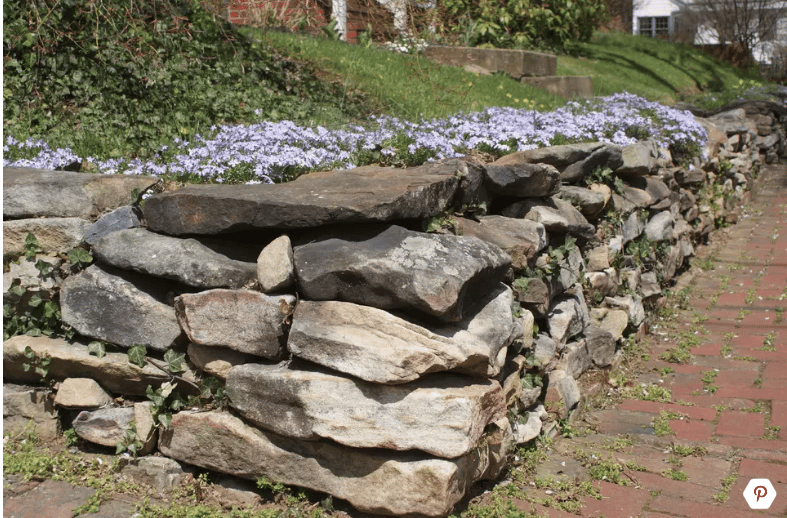
If your retaining wall does not need to be higher than three feet, it is possible to build one by simply dry stacking stone. This method requires no mortar or concrete. Not only that, dry stacked stone retaining walls drain well, especially with gravel packed underneath and behind them. Here’s an article that will teach you how to build your own dry stacked retaining wall.
8) DIY Cinder Block Retaining Wall
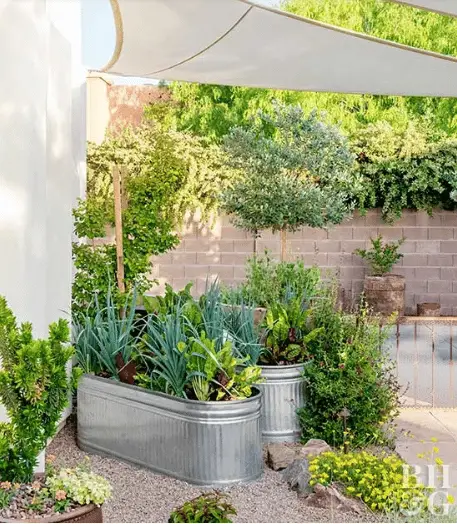
More extensive than dry stacking stone, cinder blocks make for a sturdy retaining wall and can be built at heights greater than 3 feet. If the earth level outside your walkout basement has drastic changes in height, then a cinder block retaining wall might be called for. Cinder block masonry is easier than stone masonry but can still be hard work. To learn how to do it, follow this link.
9) Poured Concrete
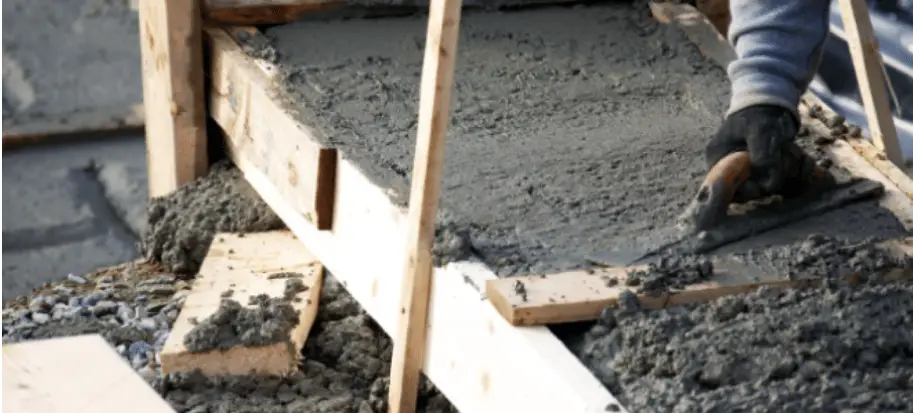
Retaining walls can also be made with poured concrete. This will require knowledge of form carpentry, as a form must be built to shape the concrete. If your plan is for a smaller basement retaining wall, or a series of them then you can do this project yourself. If you need a larger retaining wall then you’ll most likely want to go with a contractor
10) Seated Retaining Wall
Retaining walls can do more for your walkout than just hold earth in place. They can also be built with seating. This is a tremendous way to define the borders of your basement walkout area and give you a peaceful place to sit and enjoy the outdoors. Click here to learn how to build a seated retaining wall out of brick and plaster.
11) Retaining Wall With Stairs
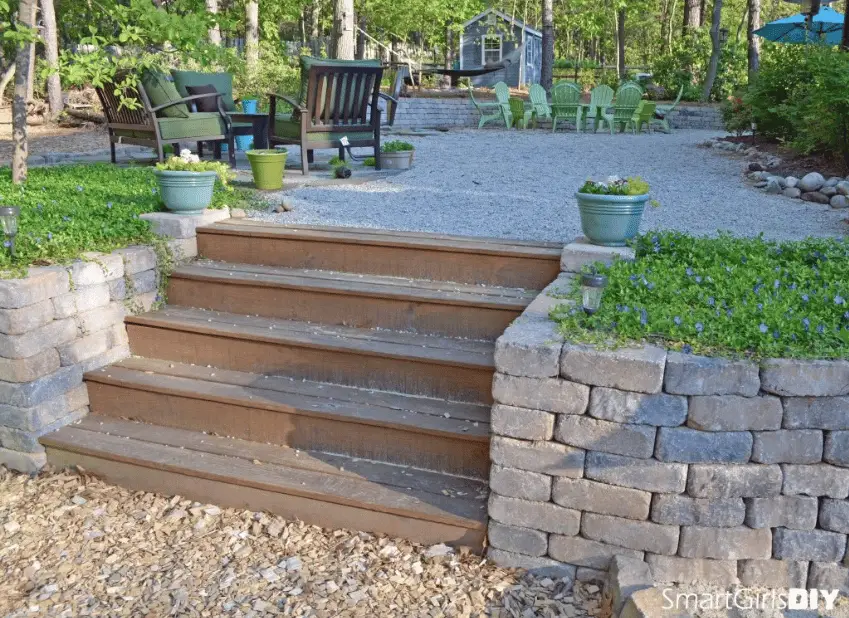
If you include stairs in your retaining wall design, you will have a way to move from one level to another when walking around outside of your basement. Keeping your stairs level and dry is just as important as it is with your retaining wall. If you are hiring a contractor to install your retaining wall, be sure to talk about stairs with them. Of course, you can build your own if you’d prefer.
12) Lighting

If your retaining wall is bordering a pathway to and from your basement, then lighting fixtures can be installed in the wall as it is being constructed. These fixtures can be used to make your walkways easy to see in the dark and also add eye appeal to a finished wall. There are many different styles, from small fixtures that can be placed lower to large lamps that can be placed higher.
13) Garden Retaining Wall
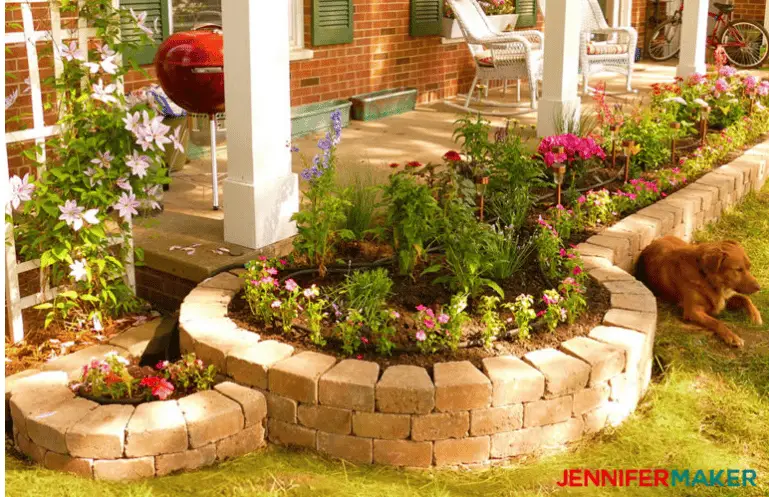
Of course, once the retaining wall is built, the question becomes what to put in the earth that it is retaining? Grass can be planted, of course, but those areas make great places to plant flowers and shrubbery, particularly if the walls are used to border a walkout patio. Plants will add eye appeal to the area around your walkout basement. To learn how to install your own garden retaining wall, click here.
14) Terraced Retaining Wall
If the grade from your walkout to another area of your lawn is steep, then building a terraced retaining wall is a great solution. These can be placed along the side of your house if your front yard is higher than your back. Often, those areas are hardest to mow and have less grass due to erosion. Properly built terraced retaining walls will give you a nice garden area along any slope.
So, there you have it, 14 Walkout Basement Retaining Wall Ideas. We covered everything from the basics to using lighting, so the pathways from your walkout basement will be well lit. If you are landscaping the area around your walkout, make sure to integrate retaining walls into your design. They’ll protect your soil and add dimension to your walkout landscape.
Do you have any questions about walkout retaining walls? Are there any ideas we left out? Feel free to comment below!

Comments are closed.